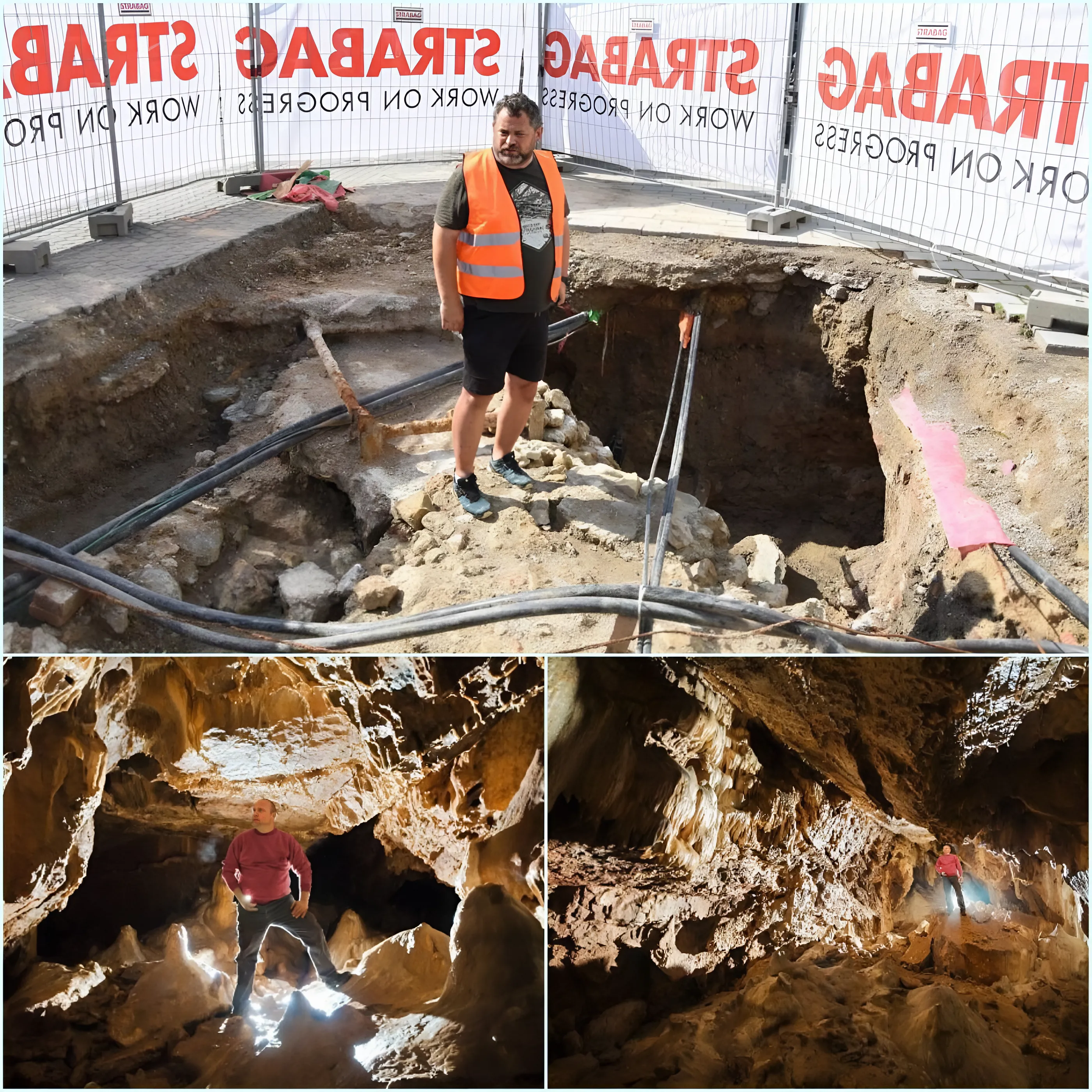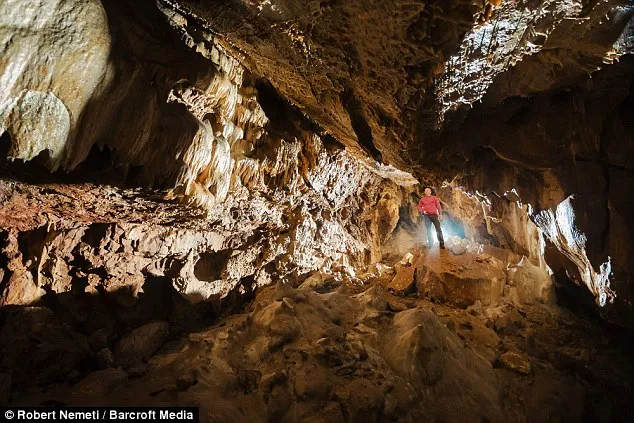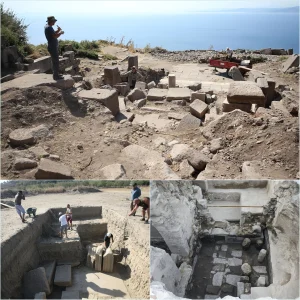Under the picturesque city of Trenčín in Slovakia, archaeologists have uncovered a network of centuries-old tunnels that were once crucial for escapes and shelter during turbulent times. The discovery came to light as part of a project to revitalize a pedestrian zone, with excavations focusing on Sládkovičova Street.

According to Drahoslav Hulínek, the lead archaeologist on the project, Trenčín’s medieval fortifications, including walls, defensive towers, and a castle, shaped the city’s layout from the 1400s. The recently excavated tunnels, dating from the 13th to 18th centuries, were constructed from stone or brick and served as underground passages used for safety and escape during uprisings. These tunnels often connected churches and other buildings where priests, church officials, or other individuals sought refuge.

The archaeological findings also include sections of the city walls dating back 500 years, along with artifacts such as glass, ceramics, a metal cannonball, and various bones. Ongoing excavations aim to locate the defensive front gate that once marked the entrance to the city through its medieval walls.

Trenčín, situated in northwestern Slovakia near the Czechia border, continues to reveal its rich historical heritage through ongoing archaeological efforts in its urban core.





